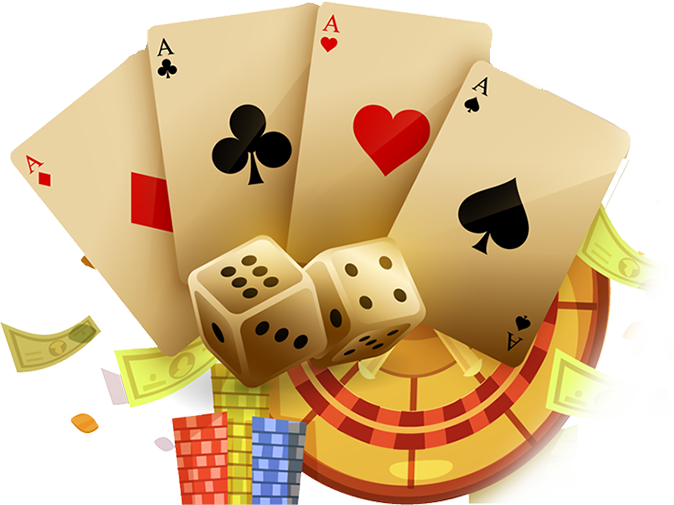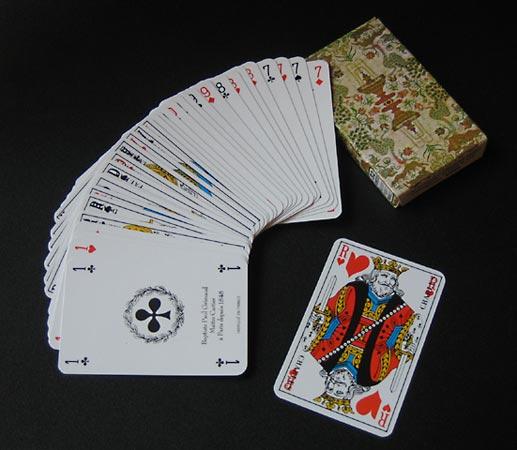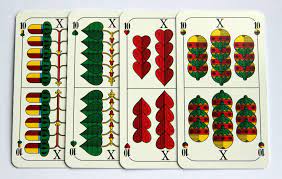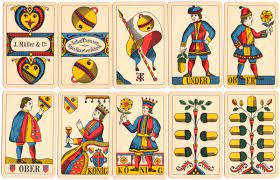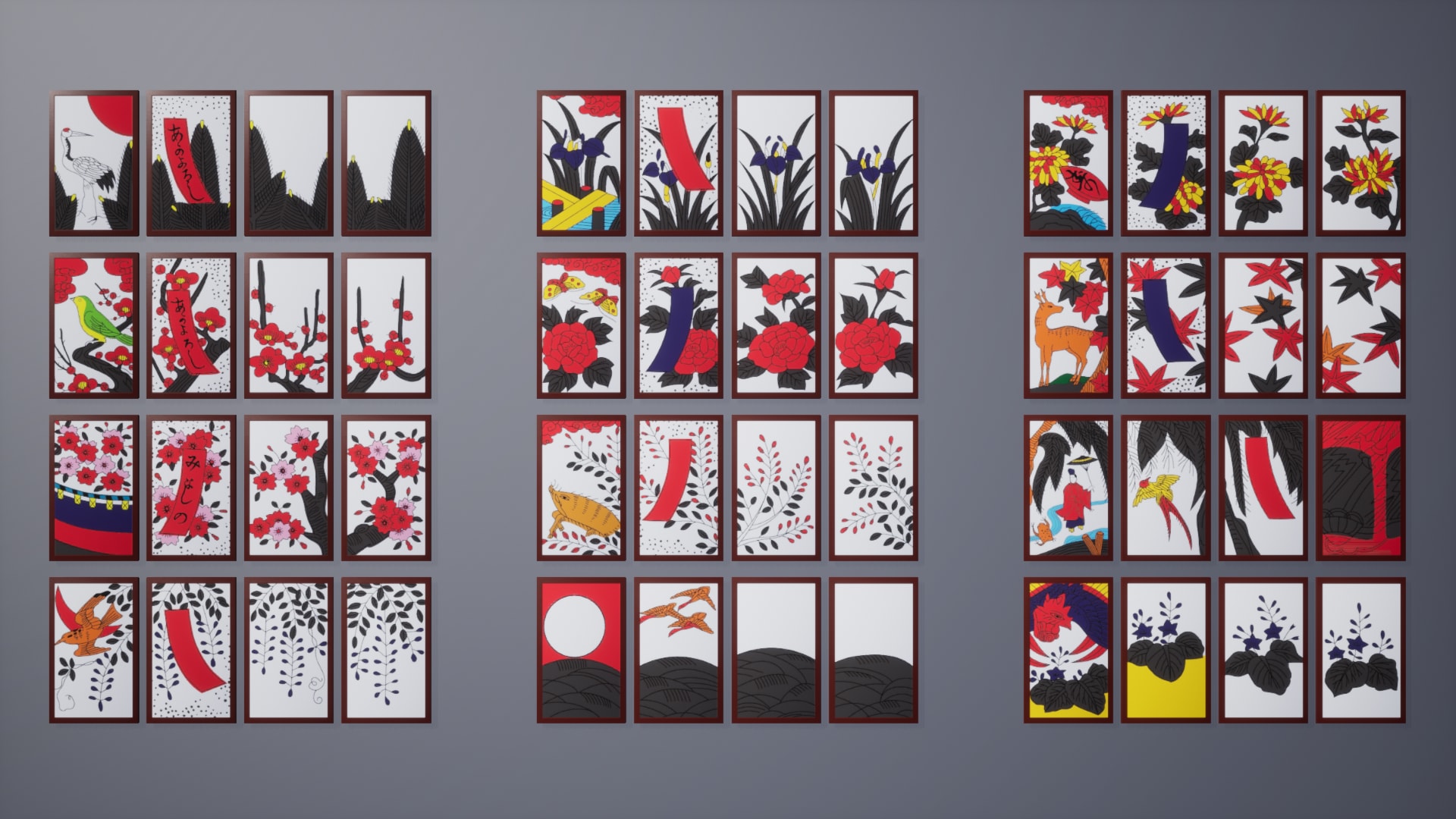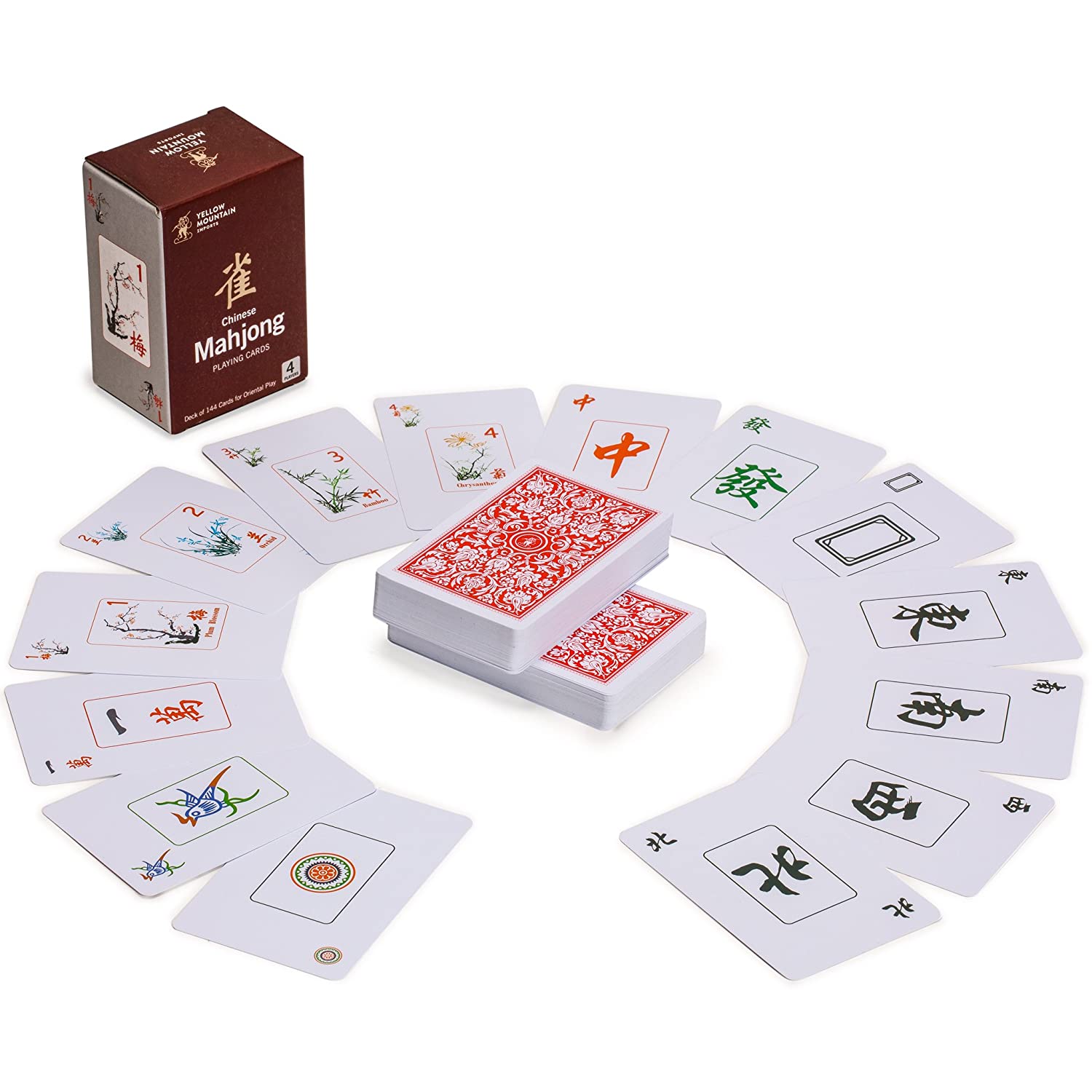In today's environment, several online money-making card games provide alluring incentives and cash awards to the victors. To make your efforts count, you need to have a general grasp of how to play various sorts of card games online. In this category, we will present a brief overview of various card games, including Indian card games, to help you rapidly comprehend the gameplay.
Indian Rummy: Indian Rummy is a globally renowned card game played with a deck of 52 cards. The objective is to organize 13 cards (Ace, 2, 3, 4, 5, 6, 7, 8, 9, 10, Jack, Queen, and King) into valid combinations of sets and sequences. Players must create a minimum of two sequences, with one of them being a pure sequence. A valid rummy declaration cannot be made without a pure sequence, while the remaining sequences can be any valid sequence or set.
Call Break: Call Break is a trick-taking card game played with a French deck of 52 cards. It involves four players, and jokers are not included in the deck. Each player receives 13 cards, and the objective is to collect the maximum number of tricks by making accurate estimates of bids before the game starts. Players carefully analyze their hands to make these bids. To win a trick, a player must play the highest-ranking card of the same suit. If they don't have a card of the same suit, they can use a card from the suit of Spades, which serves as the trump suit and can beat cards of any other suit.
Dehla Pakad: Dehla Pakad is a traditional Indian game that originated in Persia. It is played with a standard deck of 52 cards and involves four players divided into two teams. The primary objective is to collect as many 10-rank cards as possible, while the secondary objective is to win as many hands as possible. The card ranking follows the sequence of 2, 3, 4, 5, 6, 7, 8, 9, 10, Jack, Queen, King, and Ace. The player sitting on the dealer's right side starts the game by throwing a card of any suit. If the player doesn't have a card of the same suit, they can throw a card from any suit to win the trick. The first suit used to beat the ongoing hand automatically becomes the trump suit of the game.
Teen Patti: Teen Patti is a luck-based game that originated in India and is played between two to ten players in a counter-clockwise direction. The dealer deals three cards to each player, and players place wagers as either blind or chaal. The player with the highest-ranking hand wins the pot money. Card rankings go from lowest to highest as 2, 3, 4, 5, 6, 7, 8, 9, 10, J, Q, K, and Ace. Hand strengths, from lowest to highest, are High Card, Pair, Flush, Sequence (run), Pure Sequence (Straight Flush), and Three of a Kind (Trail).
Solitaire: Solitaire, also known as the Patience card game, is one of the most popular single-player card games played in India on gaming platforms. It is played with a French deck of 52 cards. The objective is to build four stacks of sequence piles of cards of the same suit in ascending order, starting from Ace (low) to King (high). As cards are moved to the foundation pile, the player wins the game once all the stacks are created.
Bhabhi Card Game: Bhabhi Card Game, also known as the "Get Away" card game, has gained popularity as a real money game on gaming apps. It is played with a 52-card deck, excluding the Jokers. The game requires strategic play, with players aiming to give "thola" and discard all their cards as quickly as possible. The game is played in a clockwise direction, starting with the player who has the Ace of Spades. The player who discards the highest-ranking card during a hand gets to play the next hand first. The first player to discard all their cards becomes the winner, while the player with the most cards at the end of the game becomes the "Bhabhi."
With this guide, you now have a better understanding of how to play these card games online. So, let the games begin!
